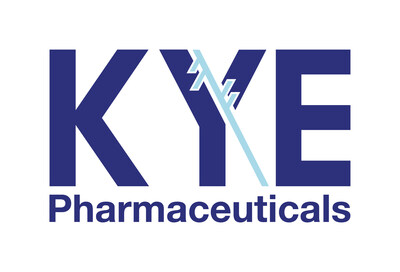In a significant advancement for patients with Lambert-Eaton myasthenic syndrome (LEMS), Health Canada has expanded its approval of FIRDAPSE (amifampridine), opening new treatment possibilities for Canadian patients living with this rare neuromuscular disorder. The regulatory update, announced yesterday by KYE Pharmaceuticals, marks a crucial milestone in addressing the unmet needs of both adult and pediatric LEMS patients across the country.
The expanded approval introduces a new 10mg tablet strength alongside the previously approved 20mg tablet, allowing physicians greater flexibility in prescribing personalized treatment regimens. Perhaps more significantly, the authorization now extends to pediatric patients aged 6 to 17 years, representing the first Health Canada-approved therapy for younger LEMS patients.
“This expanded approval addresses a critical gap in treatment options for younger Canadians affected by LEMS,” said Dr. Vera Bril, Professor of Neurology at the University of Toronto, who has extensive experience treating neuromuscular disorders. “The introduction of variable dosing through the new tablet strength also enables more precise medication management, particularly important for patients who experience fluctuating symptom severity.”
LEMS, characterized by muscle weakness primarily affecting the proximal muscles of the limbs, is often associated with underlying autoimmune conditions or malignancies, particularly small cell lung cancer. The condition results from autoantibodies targeting voltage-gated calcium channels at the neuromuscular junction, disrupting normal muscle contraction signals.
FIRDAPSE works by blocking potassium channels and prolonging the action potential at the presynaptic nerve terminal, which enhances acetylcholine release and improves neuromuscular transmission. Clinical studies demonstrated that the medication significantly improves muscle strength, autonomic function, and quality of life metrics in LEMS patients.
According to the Canadian Organization for Rare Disorders, approximately 200-300 Canadians currently live with LEMS, though experts believe the condition remains underdiagnosed due to its overlapping symptoms with other neuromuscular disorders.
“Pediatric LEMS patients face unique challenges, including potential developmental impacts and educational disruptions,” explained Dr. Hugh McMillan, pediatric neurologist at the Children’s Hospital of Eastern Ontario. “Having an approved therapeutic option specifically evaluated for safety and efficacy in children represents a substantial advancement in pediatric neuromuscular care.”
The medication’s expanded approval follows a comprehensive review of safety and efficacy data, including age-specific pharmacokinetic analyses that informed appropriate dosing guidelines for younger patients. The new 10mg tablet provides healthcare providers with enhanced ability to titrate doses according to individual patient response and tolerance.
Patient advocacy groups have welcomed the approval expansion, noting that it addresses longstanding challenges faced by families of pediatric LEMS patients who previously had limited treatment options. The Canadian Neuromuscular Disease Registry reports that earlier intervention may help prevent longer-term complications associated with the condition.
While the medication’s expanded approval represents progress, challenges remain regarding insurance coverage and accessibility. Provincial drug plans and private insurers will now evaluate whether to include the expanded indications within their formularies, a process that typically takes several months following Health Canada approval.
As the healthcare landscape continues evolving, this regulatory development exemplifies the growing focus on addressing rare diseases with targeted therapies. The question now becomes: will this expanded approval serve as a model for other rare disease treatments, encouraging pharmaceutical companies to pursue pediatric indications and flexible dosing options that better serve diverse patient populations?










